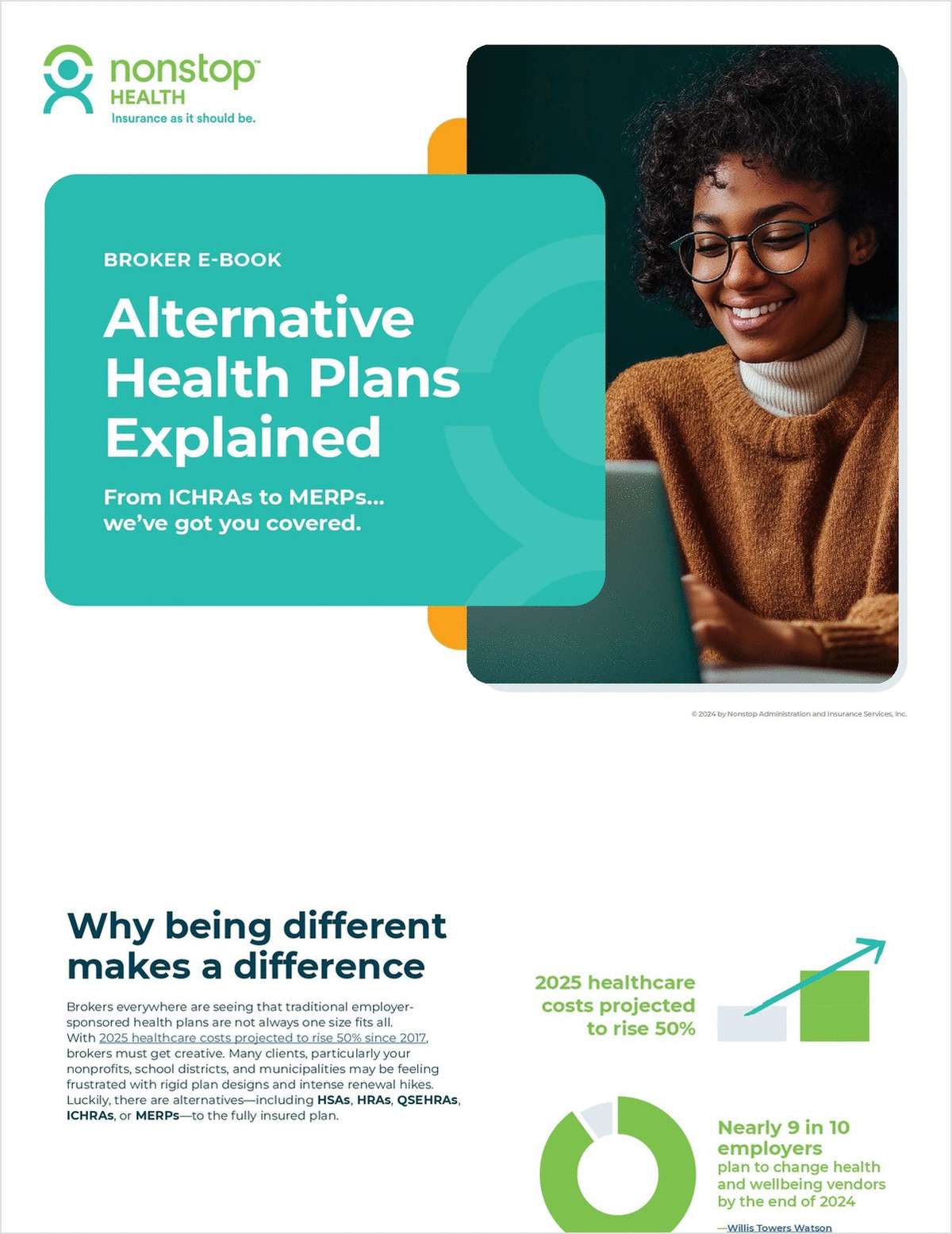 This is the third in a four-part series from MZQ Consulting Benefits Compliance that will appear each Tuesday on BenefitsPRO (read part one and part two). The series examines the long and ongoing journey to achieving better outcomes for mental health and addiction in the U.S. health care systems. The Paul Wellstone and Pete Domenici Mental Health Parity and Addiction Equity Act of 2008 (MHPAEA) is a federal law that generally prevents group health plans and health insurance issuers that provide mental health and substance use disorder (MH/SUD) benefits from imposing less favorable benefit limitations on those benefits than on medical/surgical coverage.
This is the third in a four-part series from MZQ Consulting Benefits Compliance that will appear each Tuesday on BenefitsPRO (read part one and part two). The series examines the long and ongoing journey to achieving better outcomes for mental health and addiction in the U.S. health care systems. The Paul Wellstone and Pete Domenici Mental Health Parity and Addiction Equity Act of 2008 (MHPAEA) is a federal law that generally prevents group health plans and health insurance issuers that provide mental health and substance use disorder (MH/SUD) benefits from imposing less favorable benefit limitations on those benefits than on medical/surgical coverage.
As easy as that is to articulate, achieving those objectives continues to be challenging. In particular, it can be daunting and confusing for employers and plans to understand and to report on, especially since the process seems to be ever-changing.
It is no secret that many, if not most, health plan sponsors continue to struggle to comply with the Mental Health Parity and Addiction Equity Act (MHPAEA), and specifically, the requirement to conduct a comparative analysis of nonquantitative treatment limitations (NQTLs) that has been effective under the 2021 Consolidated Appropriations Act. (CAA)
Complete your profile to continue reading and get FREE access to BenefitsPRO, part of your ALM digital membership.
Your access to unlimited BenefitsPRO content isn’t changing.
Once you are an ALM digital member, you’ll receive:
- Breaking benefits news and analysis, on-site and via our newsletters and custom alerts
- Educational webcasts, white papers, and ebooks from industry thought leaders
- Critical converage of the property casualty insurance and financial advisory markets on our other ALM sites, PropertyCasualty360 and ThinkAdvisor
Already have an account? Sign In Now
© 2024 ALM Global, LLC, All Rights Reserved. Request academic re-use from www.copyright.com. All other uses, submit a request to [email protected]. For more information visit Asset & Logo Licensing.








